
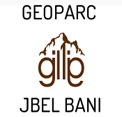

Jebel el Kest: A stunning day in the Moroccan Anti-Atlas
The ascent of Jebel el Kest in Morocco’s Anti-Atlas is a stunning day in remote mountains – one of the very best hill days. Cicerone’s Publisher, Jonathan Williams, explored the area with his son Joe in February 2015..
‘Anergui...’ Chris Bonington’s always-quiet tone dropped a notch as he repeated the name, his eyes seeming to glaze over as though he was remembering big mountains in great ranges. I was impressed. All I’d done was mention this particular approach to the little-known Jebel el Kest in Morocco’s Anti-Atlas. It must be quite a hill. There was clearly a lot to look forward to on our walking and scrambling trip. Over the last twenty years the Anti-Atlas has grown into a remarkable arena for climbers. Massive amounts of rock at good climbing grades, easy access, good prices and great people have all made this area a new home-from-home for a generation of climbers: Les Brown, Joe Brown, Chris Bonington, Claude Davies... all well-known names on the friendly streets of Tafraoute.
A town of 5000 people, Tafraoute is set off to the south of Jebel el Kest, giving it astonishing views to the quartzite range that glows bright pink in the evening light. It’s located in an area the maps refer to as ‘The Granite Area’, full of piles of strangely shaped boulders. There are several hotels and a few restaurants, plenty of shops, pharmacies, a weekly souk, and a small medical centre (with which we had dealings the next day – another story). The French influence is unmistakable; well taught in the schools it’s one of three languages – with Arabic and Berber – spoken throughout Morocco. Those involved in adventures and other trading all have excellent French and a surprising amount of English. And catering to climbers is only one of Tafraoute’s enterprises. It’s a stop-off for the many French who tour around Morocco and into the Sahara, often in sizeable motor homes. This has led it to its development as a major centre for carpet selling, and the two emporia that service this business have become masters of the art. It’s unlikely your resistance is even close to a match for their sales talents, so it’s best just to embrace it. Tafraoute is as a fine place as any to buy a carpet, rug or throw and it will make a valuable contribution to the local economy.
Located about 3 hours’ drive south east of the Atlantic resort of Agadir, a 4-hour flight from the UK, this remote area on the edge of the Sahara desert can be reached inside a day. The drive down is fascinating – remarkably little traffic but a whole new culture with shepherds and flocks crossing the road, towns and Berber villages large and small, roadside water stalls, women in niqab and hijab of all colours, minarets and wild mountain scenery, as well as the inevitable game of chicken as two vehicles pass on the road eroded by the perpetual sun and occasional rain down to a singe track. Winter temperatures are ideal for walking, but the main season is March to April and October into November. In mid-February we had cloudless days up to 20º and night-time temperatures of 8 to 10º – fine Cumbrian summer days.
Jebel el Kest itself is just the highest point in a long and complex ridge extending over 35km and accessible from both north and (more usually) south. There are a few paths – original Berber shepherd trails above the villages – but much of it is trackless. And everything up there is either sharp or spikey.
Pub in May 2015
Source web par cicerone-extra
Les articles en relation
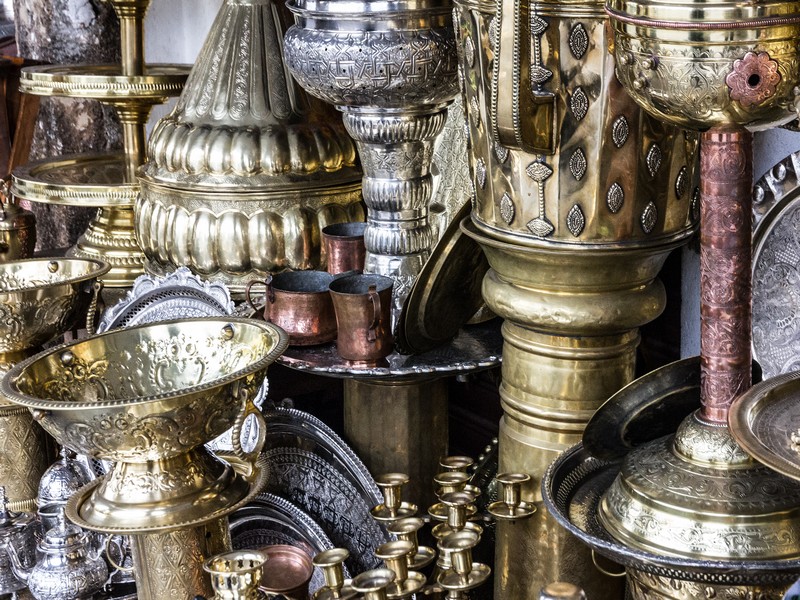
Artisanat et traditions berbères
Artisanat et traditions berbères Une autre Marrakech Taroudant est un des bijoux du Sud-Maroc, ses remparts, un écrin qui enveloppent une des plus belles villes du pays. Leurs murs crénelés s'&eacut
Savoir plus...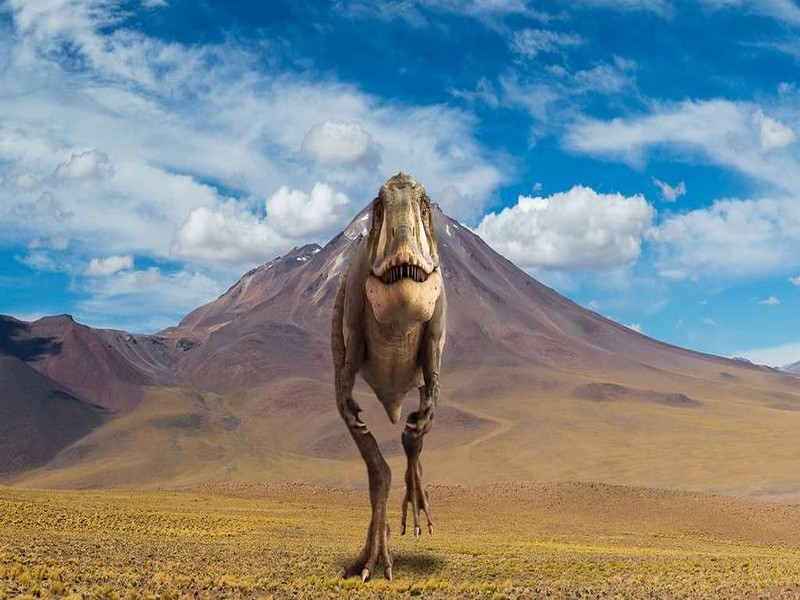
Découvertes des vertébrés continentaux du Crétacé d’Afrique du Nord : historique
Découvertes des vertébrés continentaux du Crétacé d’Afrique du Nord : historique Découvertes des vertébrés continentaux du Crétacé d’Afrique du Nord :
Savoir plus...
Le Sahara marocain
Le Sahara marocain Terre aride et inhospitalière, le Sahara marocain n’en reste pas moins d’une importance centrale dans l’histoire des civilisations au Maroc. Depuis le onzième millénaire avant
Savoir plus...
Curcumine
Curcumine La curcumine est un pigment de la famille des polyphénols qui donne sa couleur jaune au curcuma, une épice présente dans le curry indien. Le curcuma est aussi appelé "safran des Indes".
Savoir plus...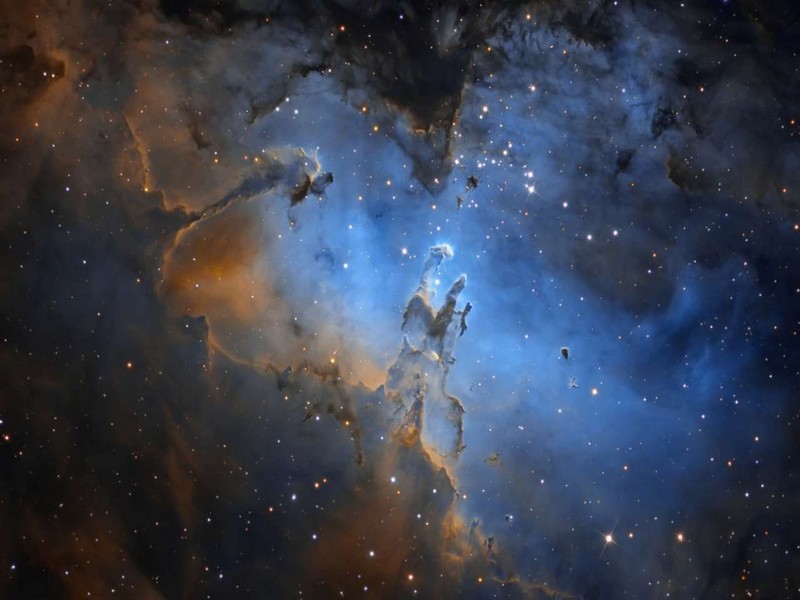
Un nouveau télescope pour révolutionner l'astronomie amateur
Un nouveau télescope pour révolutionner l'astronomie amateur Un nouveau télescope développé par la start-up française Unistellar peut mettre l'univers profond à la porté
Savoir plus...
Produits terroir Maroc (Géoparc Jbel Bani)
Produits terroir Maroc (Géoparc Jbel Bani) Huile d’olive vierge extra Longtemps boudée, l’huile d’olive vierge extra du Maroc revient sur le devant de la scène. Les producteurs soucieux de va
Savoir plus...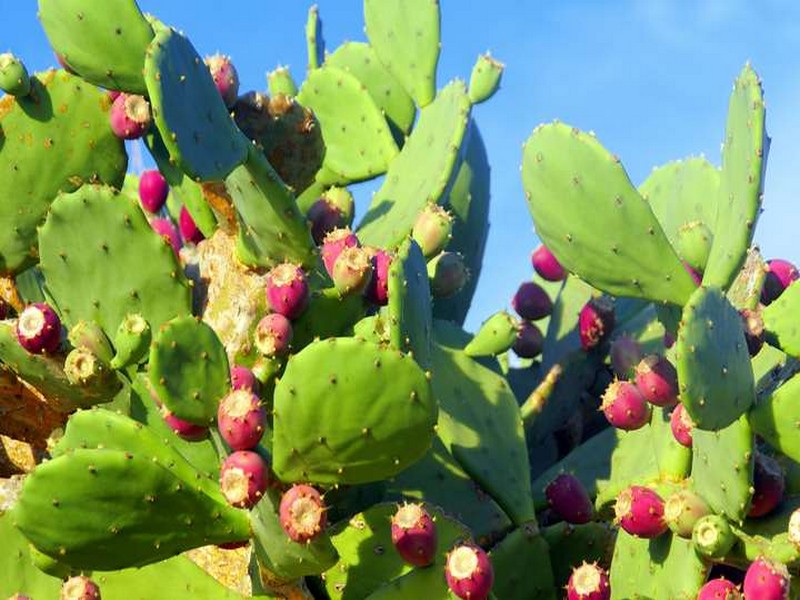
Nopal
Nopal Le nopal est une plante grasse, arborescente, de la famille des cactus. Originaire du Mexique (elle figure sur le drapeau du pays), elle s'est acclimatée sur tout le pourtour de la Méditerranée. Sa tige
Savoir plus...
La fabrication d'un robot pour les débutants
La fabrication d'un robot pour les débutants Un robot maçon, un robot secouriste, un robot qui reconnaît des objets, un robot qui saigne et qui pleure. Il ne se passe presque plus un jour sans que les journaux
Savoir plus...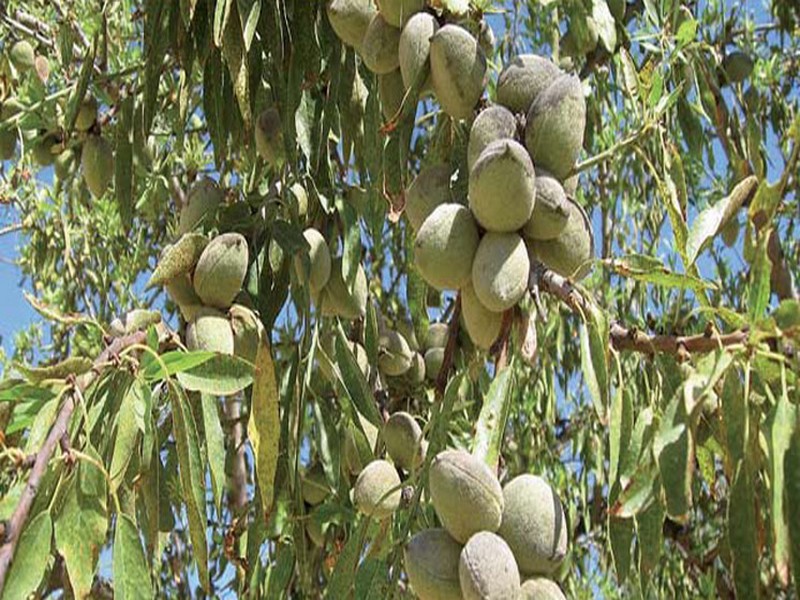
Une filière porteuse : Tafraout à l’heure de son festival de l’amandier (Géoparc Jbel Bani)
Une filière porteuse : Tafraout à l’heure de son festival de l’amandier (Géoparc Jbel Bani) Tafraout, joyau de l’Anti-Atlas, vibre du 14 au 17 mars au rythme du Festival de l’amandier, et
Savoir plus...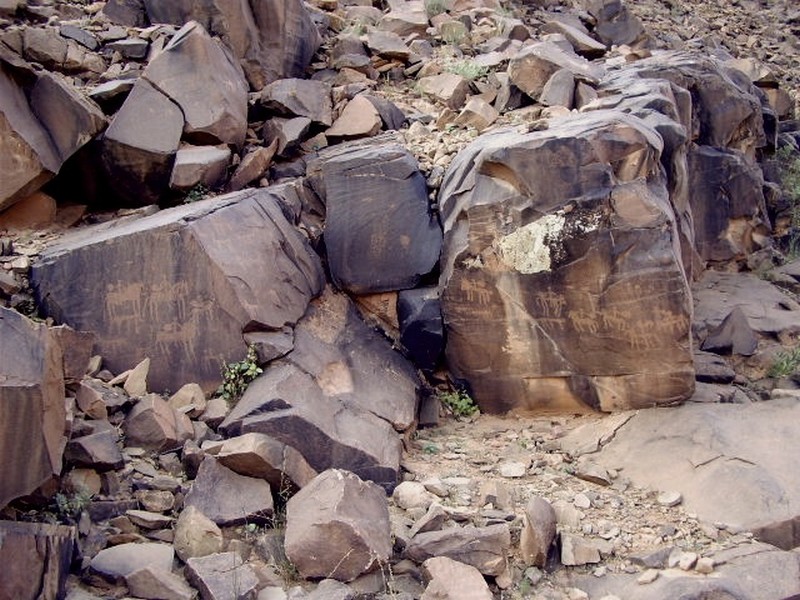
Étude des stations d’art rupestre ( jbel bani )
Étude des stations d’art rupestre ( jbel bani ) Dans un troisième temps, nous discutons la question de savoir dans quelle mesure les gravures associées ausein d&rsq
Savoir plus...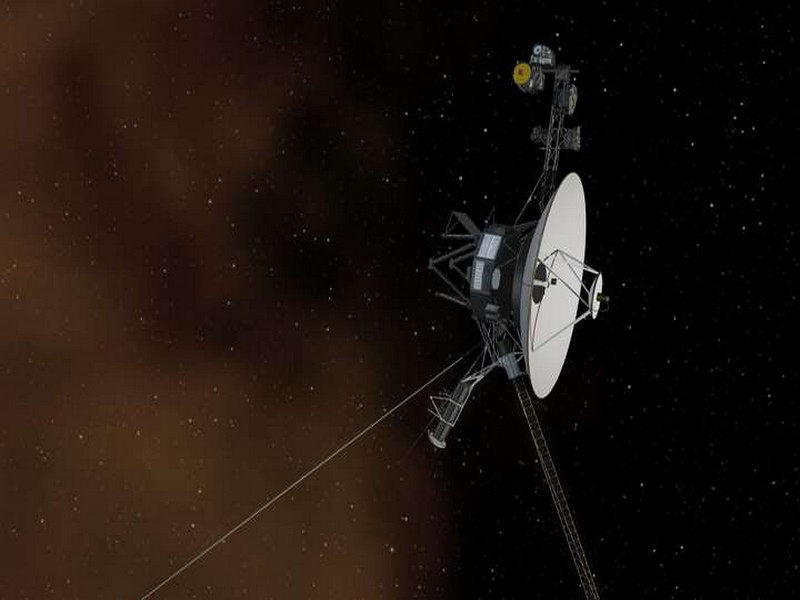
Voyager 2 serait proche de la frontière avec l'espace interstellaire
Voyager 2 serait proche de la frontière avec l'espace interstellaire Partie de la Terre, il y a déjà 41 ans, la sonde Voyager 2 pourrait bientôt entrer dans l'espace interstellaire. Il y a six ans,
Savoir plus...Les tags en relation
En savoir plus sur " Montagnes et Anti Atlas "
Consulter les vidéos de " Montagnes et Anti Atlas " Consulter les photos de " Montagnes et Anti Atlas " Consulter les publications de " Montagnes et Anti Atlas " Consulter les éditions de " Montagnes et Anti Atlas " Consulter les communications de " Montagnes et Anti Atlas "Recherche du site
Recherche avancée / SpécifiqueMontagnes Jbel Bani, Jbel Kerst et Anti Atlas
Montagnes et Anti Atlas Caractéristiques des montagnes du Jbel Bani Jbel Bani et Jbel Kesrt
Géoparc et Recherche Scientifique
Le coins de l’étudiant
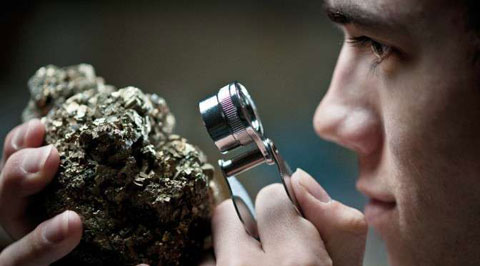


Blog Géoparc Jbel Bani
Dictionnaire scientifique
Plus de 123.000 mots scientifiques
Les publications
Géo parc Jbel Bani

Circuits & excursions touristiques

cartothéques


Photothéques
Publications & éditions



